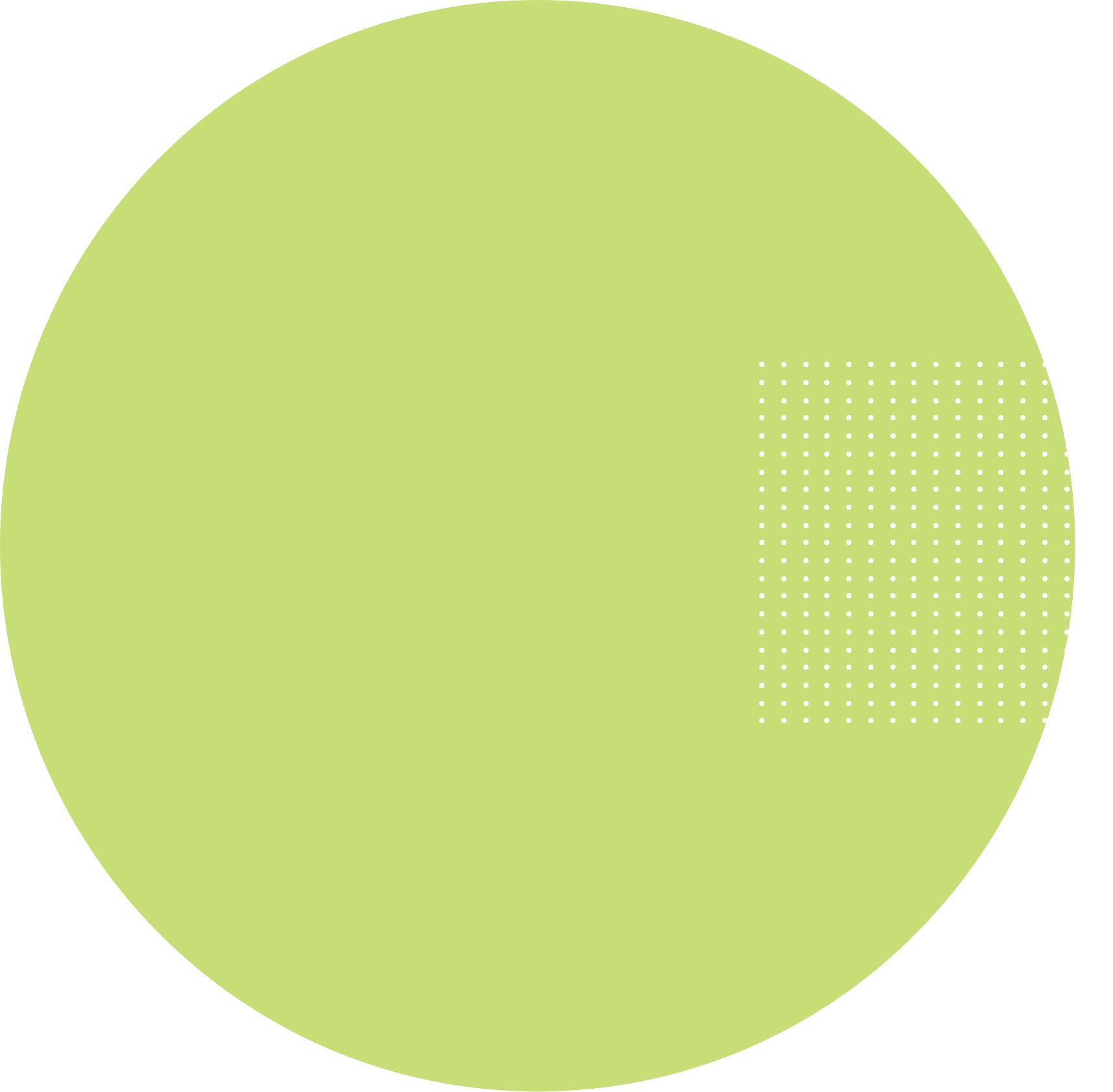
Chem-ST™ is a revolutionary, quantitative chemical testing assessment programme which uses specially developed smart composite and smart testing principles that deliver strategic, risk-reducing, cost-effective, chemical risk management early in the product value chain.
Think differently. Test differently. Test smarter.
Eurofins Chem-ST™ chemical smart testing is a novel, validated system using state-of-the-art instrumentation and targeted tests to quantitatively measure the presence of hundreds of substances within chemical formulations, materials and products against global hazardous chemical restrictions.
Unlike traditional RSL chemical testing (which is based on target analytes), Chem-ST™ looks for both target analytes and other non-regulated chemicals of concern in one system.
This is ideal for customers seeking chemical detection to cleanse their supply chain of all potentially harmful chemicals, providing benefits beyond compliance and reducing the risk of supply chain employees being exposed to these chemicals.
Watch this on-demand webinar to learn more about Chem-ST™
Extended coverage from Chem-ST™ chemical testing
The results from this novel system can be used to give assurance to major global chemical regulations including
- AFIRM RSL
- CA PROP 65
- EU REACH Regulation, RoHS Directive & POPs Regulation
- Chemicals of High Concern to Children (CHCC)
- US CPSIA
- ZDHC MRSL
Benefits of using Eurofins Chem-ST™ chemical testing
Chem-ST™ delivers reduced cost and increased visibility for RSL management and beyond
The benefits of Eurofins Chem-ST™ chemical testing are significant.
Chem-ST™ offers a faster, more cost-effective alternative to traditional testing programmes. It delivers savings in the overall costs of testing, product submission and shipping.
The unique smart testing system also allows for multiple composites and materials to be tested simultaneously, significantly reducing the number of analyses required.
Chem-ST™ covers all key global chemical restrictions using ISO testing equivalents with regular data analytics provided using data management software. This ensures quick access to information showing results to industry or customised Restricted Substance List (RSL) specifications.
Key benefits of Chem-ST™ for supply chain chemical management
- Faster and more cost-effective testing
- Proactive service for future chemicals of concern
- Avoid costly delays by testing further upstream in the supply chain
- Substrate-independent, multiple composites testing
- Reduction in size of submitted test samples needed
- Covers all key global chemical restrictions using ISO testing equivalents
- Smart dashboards used to deliver the results
- Use on chemical formulations, raw materials, finished or final articles
Benefits of Chem-ST™ over standard RSL
| Description | Chem-ST™ | Traditional RSL testing |
| Can be used to test chemical formulations | ✓ | X |
| Can test multiple analytes in one test | ✓ | X |
| Can reduce the number of tests conducted | ✓ | X |
| Deliver substrate-independent results in one test | ✓ | X |
| Covers multiple chemical legislation in one test | ✓ | X |
| Identifies other problem chemicals in one test | ✓ | X |
Frequently asked questions about Chem-ST hazardous chemical smart testing
1. What is Eurofins Chem-ST™ and how does it differ from traditional chemical testing methods?
Chem-ST™ is a revolutionary, quantitative chemical testing assessment programme using smart composite and testing principles. Unlike traditional RSL testing, it looks for both target analytes and other non-regulated chemicals of concern, offering more comprehensive chemical risk management.
2. How does Chem-ST™ contribute to a more cost-effective chemical testing process?
Chem-ST™ is faster and more cost-effective than traditional programmes. It reduces the overall costs of testing, product submission, and shipping. The system allows simultaneous testing of multiple composites and materials, reducing the number of analyses needed.
3. What regulations does Eurofins Chem-ST™ testing cover?
Chem-ST™ results can be used to assure compliance with major global chemical regulations, including CA PROP 65, EU REACH, POPs Regulation, Chemicals of High Concern to Children (CHCC), US CPSIA, AFIRM RSL, Global Organic Textile Standards (GOTS), ZDHC MRSL, and AAFA RSL.
4. How does Eurofins Chem-ST™ help with chemical risk assessment?
Chem-ST™ helps to reduce chemical risk by detecting harmful chemicals and providing a comprehensive assessment of the chemical risks present in the supply chain.
5. What are the benefits of using Chem-ST™ over standard RSL chemical testing?
Chem-ST™ can test multiple analytes (it is based on target analytes and non-target analytes), provides full visibility and insight, is matrix independent, requires much fewer tests and samples to gain insight, and has compositing of up to 5 components.
6. Is Chem-ST™ a proactive service for future chemicals of concern?
Yes, Chem-ST™ is a proactive service designed to help businesses identify and manage potential future substances of concern, helping them to stay ahead of regulatory changes and market trends.
7. Does Eurofins Sustainability Services offer other services related to sustainable chemistry besides Chem-ST™?
Yes, Eurofins Sustainability Services offers a range of services, including Chem-MAP supply chain chemical management tools and solutions, Chrome VI management, Chrome VI risk profiler, chemical management audits, California Proposition 65 testing, and PFAS testing.
8. How can Chem-ST™ testing help with sustainability goals?
By identifying and eliminating hazardous chemicals, Chem-ST™ contributes to safer, more sustainable products, supporting companies in their environmental and health goals.
Contact us
Talk to our sustainable chemistry experts today about how Eurofins Chem-ST™ can support your business to provide a cost-effective solution for managing hazardous chemicals and potential future substances of concern, as part of a sustainable business strategy.
- Chem-Map supply chain chemical management tools and solutions
- Chrome VI management
- Chrome VI risk profiler
- Chemical management audits
- Ecotoxicity testing
- Non-GMA and organic cotton testing
- California proposition 65 testing
- PFAS testing (Per- and polyfluoroalkyl substances) including Total Fluorine (TF) and Total Organic Fluorine (TOF) as an indicator of PFAS contamination
- Sustainable chemistry services overview
All services
Our services
Why Eurofins Sustainability Services?
Specialist experience in leather, textiles, paper, packaging and plastics

Multiple testing facilities

Complete package from biodegradability to toxicity impacts and plant response
Can be linked with the microplastic analysis of degradant


